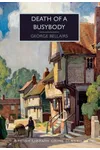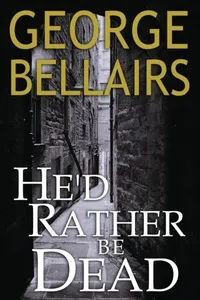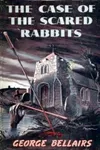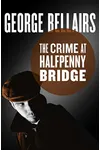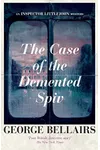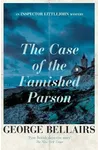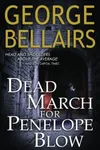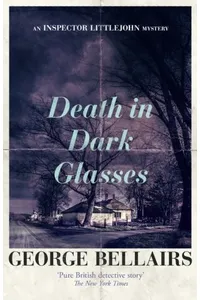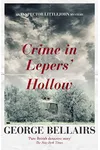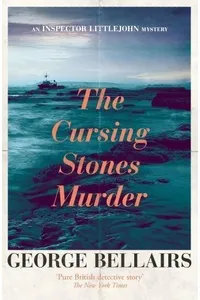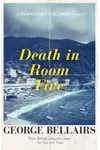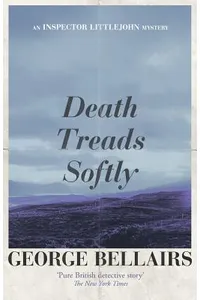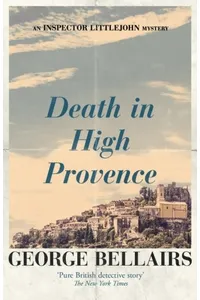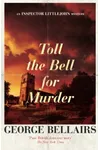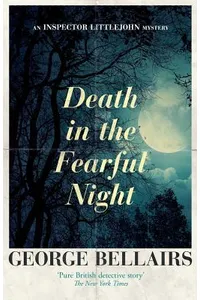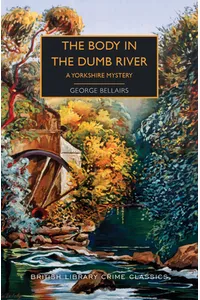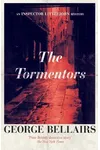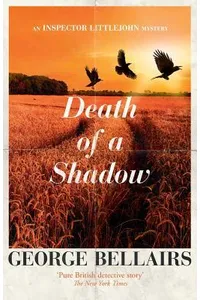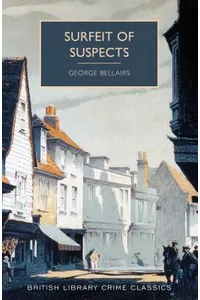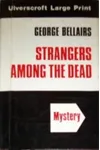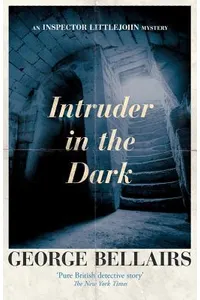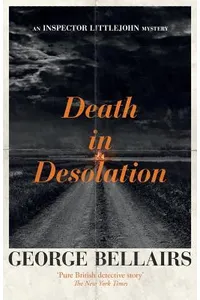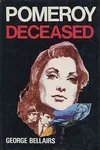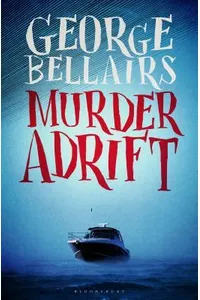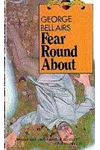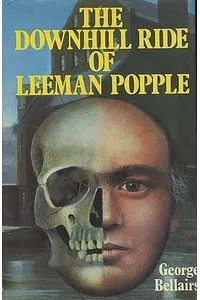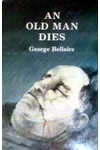Step into the shadowy alleys and quaint villages of the Thomas Littlejohn series, where a sharp-witted detective unravels mysteries with a blend of compassion and cunning! Penned by George Bellairs, this sprawling collection of 57 crime novels follows Inspector Thomas Littlejohn, later Superintendent, as he tackles intricate cases from wartime Britain to the sun-dappled French countryside. With a knack for peeling back the layers of human nature, Littlejohn’s adventures are a delightful dive into classic detective fiction.
For fans of cozy mysteries with a touch of grit, this series offers a refreshing escape. Whether you’re drawn to the foggy moors of England or the charm of the Isle of Man, Littlejohn’s world is brimming with intrigue, humor, and timeless appeal.
How Thomas Littlejohn Began
George Bellairs, the pseudonym of Harold Blundell, was a bank manager by day and a crime writer by night. Born in 1902 in Lancashire, Blundell began crafting mysteries during his spare time as an air warden in World War II. His debut novel, Littlejohn on Leave (1941), introduced Thomas Littlejohn, a Scotland Yard detective with a keen mind and a warm heart. Inspired by the tight-knit communities of rural England and later the Isle of Man, where Blundell retired, the series grew into a beloved staple of Golden Age detective fiction, running until 1980 with An Old Man Dies.
The Heart of Thomas Littlejohn
The Thomas Littlejohn series is a treasure trove of clever plots and vivid settings. In Littlejohn on Leave, our hero investigates a bank manager’s murder in a small town, setting the tone for his knack for untangling local secrets. The Crime at Halfpenny Bridge (1946) sees Littlejohn probing a lighthouse murder in a fishing village, with twists that keep readers guessing. Death of a Busybody (1942) delivers a quintessential village mystery, where a nosy resident’s death unearths hidden grudges. Later, Bones in the Wilderness (1959) takes Littlejohn to France, exploring a colorful cast of gypsies and bullfighters amid a murder investigation.
Bellairs’ stories shine through their themes of community, betrayal, and resilience. Set primarily in the 1940s to 1970s, the series captures the social upheaval of wartime and post-war Britain, often juxtaposed with the idyllic yet deceptive calm of rural life. The Isle of Man and French provinces add exotic flair, with detailed topographies that ground the mysteries in a vivid sense of place. Littlejohn, with his dry humor and empathy, navigates these worlds like a trusted friend, making each case feel personal and engaging.
The series’ style leans into the Golden Age tradition, offering intricate puzzles and red herrings galore. Yet, Bellairs infuses his tales with a modern edge, focusing on character-driven narratives over pure plot mechanics, making Littlejohn a relatable figure akin to Simenon’s Maigret.
Why Thomas Littlejohn Resonates
Though less famous than Agatha Christie’s Poirot, Thomas Littlejohn holds a special place in crime fiction. The series’ blend of cozy village settings and gritty human dramas appeals to readers craving both comfort and complexity. Its recent revival in the British Library Crime Classics series has introduced Littlejohn to new audiences, cementing his status as a hidden gem. Bellairs’ ability to weave humor and heart into dark mysteries ensures the series’ enduring charm, offering a nostalgic yet fresh take on detective stories.
Fans praise Littlejohn’s grounded heroism and the series’ evocative settings, which transport readers to a bygone era. Its influence lies in its quiet authenticity, proving that understated sleuths can leave a lasting mark.
- Publication Years: 1941–1980
- Number of Books: 57
- Key Settings: England, Isle of Man, France
- Genre: Cozy Mystery, Police Procedural
Ready to crack a case with a detective who’s as clever as he is kind? Grab Littlejohn on Leave and step into Thomas Littlejohn’s captivating world of crime and cunning!
